Essentially, no fish cannot be processed into fish paste products using current food processing technology. However, it is important to have a stable supply of high-catch fish species, which are inexpensive, and whose meat is suitable for fish paste products. High-catch species such as sardine and Alaska pollack are the main raw material for mass-produced fish paste products. However, many of the fish paste products that are considered local specialties in Japan are originally produced using locally caught fish. Among fish paste products, fish species other than the most prolific are used when the flavor of the product varies depending on the fish used.
Now that you understand more, let’s continue with the explanation using Kamaboko (蒲鉾), the most widely used fish paste product, as an example. The preferred fish to be used as the raw materials for Kamaboko have strong Ashi, good Suwari and doesn’t Modori easily.
Ashi refers to the moderate resilience that Kamaboko has, with a crisp and crunchy texture, proving that it is a good product. In other words, strong Ashi means that the fish has adequate firmness. Types of fish with strong Ashi include Flyingfish, Japanese aulopus, Brushtooth lizardfish, Bartail flathead, Red seabream, Golden threadfin-bream, Silver croaker, Honnibe croaker, Grub fish, Spiny goby, Indo-Pacific blue marlin, Globefish and others. Generally, Shiromi fish are considered to be strong and Akami fish are considered to be weak, while freshwater fish and shrimp are considered to be weak for the most part.
Suwari refers to the ease of surimi hardening and depends not only on the difference in type of fish, but differences also occur due to temperature and pH of the surimi, freshness of the raw fish material and how the fish was killed. In other words, poor Suwari means that the fish doesn’t firm up easily. Fish well-known for having good Suwari start with Indo-Pacific blue marlin and also include Honnibe croaker, Flying fish, Brushtooth lizardfish, Grub fish, Red seabream, etc. Fish known to have poor Suwari included crucian carp, bonito monkfish, sardines, etc. Generally, fish that live in coldwater regions have better Suwari while fish that live in warm waters and freshwater fish have poor Suwari.
Modori or Hi-modori refers to the phenomenon of weakened elasticity when fish that were hardened through the Suwari process has been further heated. Modori depends on the type, freshness and season the raw material fish was caught. Fish that don’t succumb to Modori easily include Grub fish, Needlefish, Indo-Pacific blue marlin, Starspotted smooth-hound, Flathead gray mullet, Horse mackerel, etc. Fish known to succumb to Modori easily include sardine, leatherjacket, Honnibe croaker, Chub mackerel, Crucian carps, Japanese Spanish mackerel, etc. Surimi color is reflected in the finished product, so Shiromi fish with a white finish is generally preferred over Akami fish, which results in a darker finish. However, it is possible to create a white finish, even using Akami fish, with some extra work.
Because the unique flavor of the raw fish is lost during the Surimi production process, it is common to season the fish afterward, but some specialty products are produced in such a way that the flavor of the raw fish is not lost.
Until World War II, the production of fish paste products was not organized for mass production, and many factories had only a few craftsmen at most. Only locally caught fish were used as ingredients. Since there were no refrigeration facilities, the factories had to be closed during the summer months, when it was difficult to maintain quality.
After the war, when the bottom trawling fishery in the East China Sea started, raw fish such as Silver croaker, Yellow croaker, Large yellow croaker, Eellowback sea-bream, Nemipteridae, and Largehead hairtail came to be supplied cheaply and stably. Advances in cold storage technology and distribution networks have also made it possible to mechanize the production process and mass produce products.
As a result, the production of fish paste products continued to increase in both quality and quantity, and the demand could no longer be met by inshore raw fish alone. At this time, frozen surimi from Alaska pollack appeared on the market.
Frozen surimi is a raw material made by adding sugars such as sucrose and sorbitol, which prevent protein denaturation, and polyphosphate to surimi and then freezing and storing it. The basic technology for frozen surimi was developed at the Hokkaido Fisheries Experiment Station in 1960.
Frozen surimi can be classified into three categories: unsalted surimi, which has little protein denaturation during freezing; salted surimi, which can be commercialized with high ash content; and ground surimi, which is processed at a factory from raw fish.
The quality standards for the commercialized surimi are set by the National Frozen Fish Meat Association, and there are several grades of surimi in the Alaska pollack. Most of the frozen surimi produced are made from Alaska pollack, but due to a decrease in Alaska pollack production, Red seabream and Nemipteridae caught off the coast of Hong Kong have also been used as surimi raw materials.
Types of Fish paste products
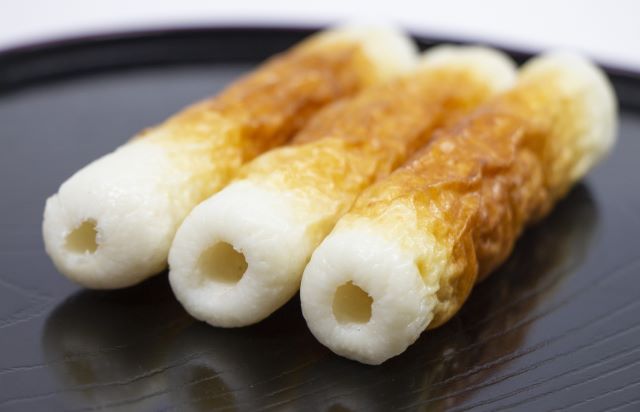
Chikuwa
Chikuwa is Surimi wrapped around a bamboo stick and heated. The baked chikuwa is called yaki-chikuwa, and the steamed chikuwa is called shiro-tikuwa. Toyohashi-Chikuwa from Toyohashi City, Aichi Prefecture, is especially famous. It is characterized by the fact that both ends are white and only the middle area is browned.
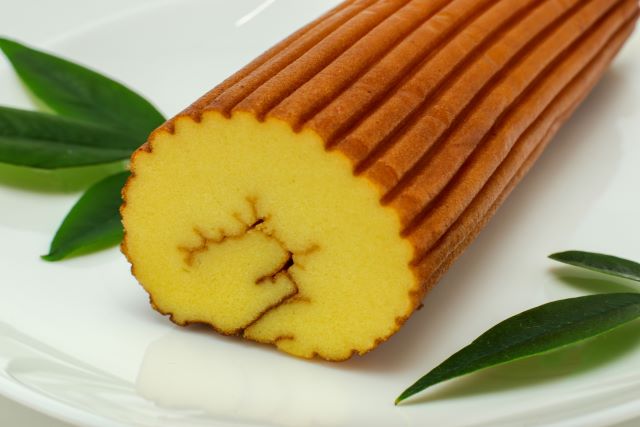
Date-maki
Date-maki is made by adding eggs and sugar to Surimi, rubbing to a foamy consistency, and then baking. Good quality is considered to be made with sharks as the raw material fish. Date-maki is known throughout Japan as a New Year’s product.
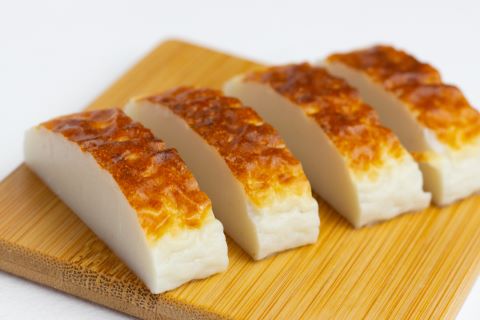
Yaki-kamaboko
Among the many types of kamaboko, yaki-kamaboko is the most common type of kamaboko in Japan. Historically, this method is the oldest.
Yaki-ita in the Kansai region is made from Daggertooth pike conger, Synodontidae, and Sciaenidae. In order to preserve the flavor of the ingredients, the process of soaking in water is shortened, and the surimi is steamed and hardened once before the surface is seared and browned.
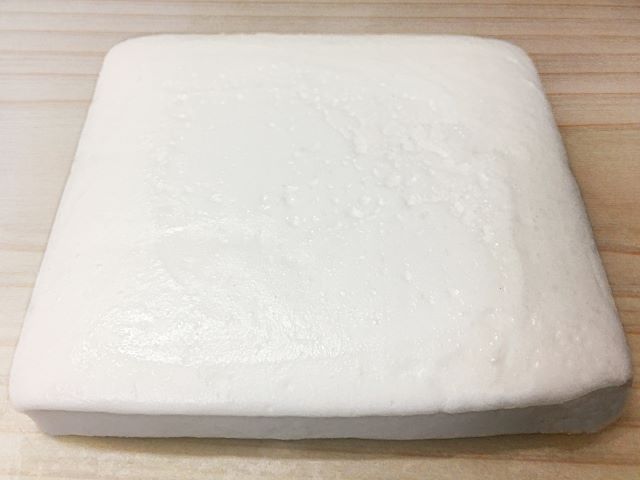
Hanpen
Hanpen is made by adding yams to Surimi, making it foamy, and steaming it. It is characterized by the lack of ashi and a fluffy marshmallow-like texture. It is a fish paste product unique to the Kanto region, and the best fish paste products are those that use sharks as ingredients. It is one of the oldest fish paste products.
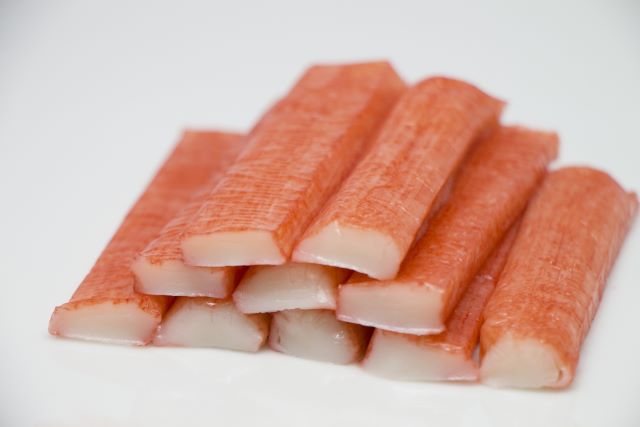
Kanikama
Kanikama is a fish paste product that has the texture, shape, color, and flavor of crab, just like crab meat. The raw material is not crab but fish surimi. The main ingredient is Alaska pollack, a white fish that has no peculiarities or odor. Other surimi such as golden threadfin-bream and largscaled saury are also used.
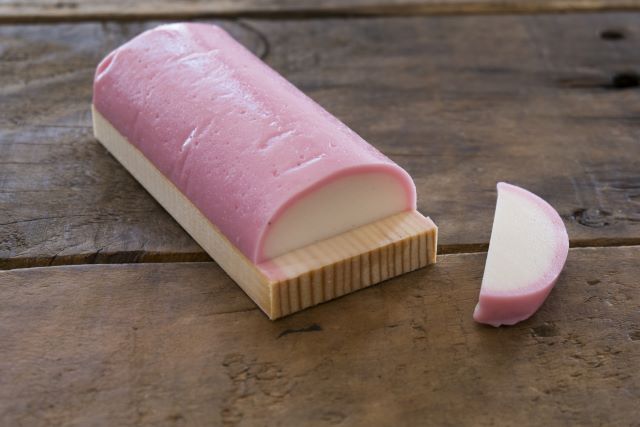
Mushi-kamaboko
Mushi-kamaboko was already being produced around the end of the Edo period. It is most commonly found in the Kanto area, with Odawara-kamaboko in Odawara City, Kanagawa Prefecture, being the most famous.
Odawara-kamaboko is mainly made from Sciaenidae and soaked in mineral-rich groundwater to produce a white, ashi-rich product. Odawara-kamaboko is also characterized by the abundance of Itatsuki-kamaboko.
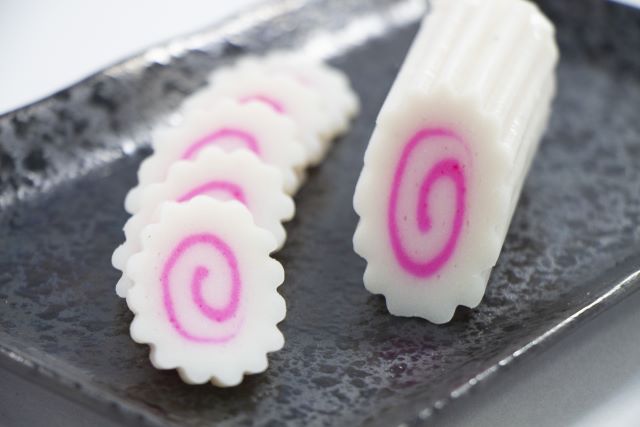
Naruto-maki
Naruto-maki is made by coating the inside of white surimi with red-colored surimi, rolling it up in a bamboo screen, and steaming it. It is called this because the spiral pattern on the cross section is associated with the whirlpools of Naruto. It is used as a garnish for noodles and chirashi-sushi.
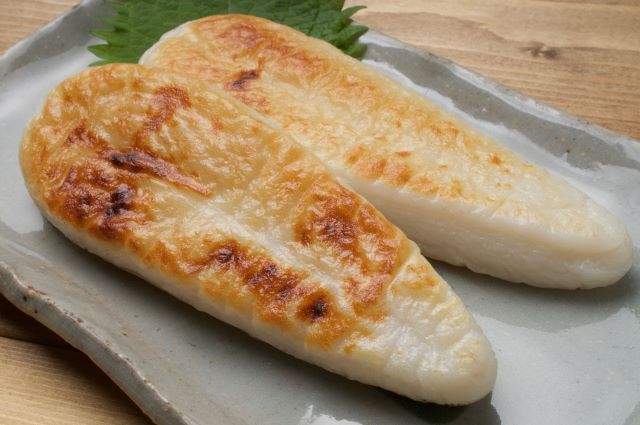
Sasa-kamaboko
Sasa-kamaboko is a type of yaki-kamabo. Sasa-kamaboko from Sendai City, Miyagi Prefecture, uses a mixture of Bastard halibut, Broadbanded thornyhead, and Nemipteridae as ingredients, shaped into a leaf shape, and grilled over charcoal.
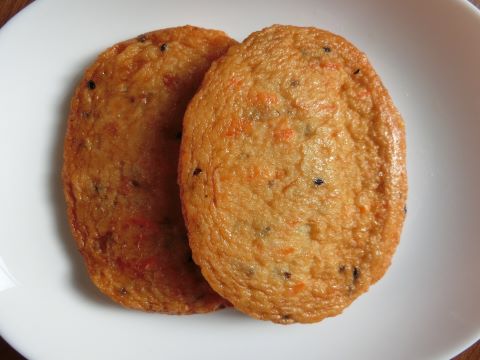
Satsumaage
Satsumaage is a generic name for deep-fried surimi. The best products are made from Sciaenidae and Synodontidae. Some products from Kagoshima and Okinawa are made with brown sugar, which gives them a very sweet taste.
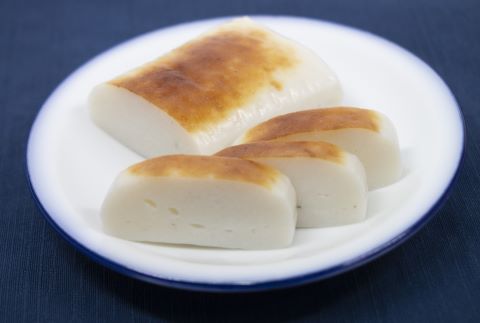
Hamo-ita
Hamo-ita is made from only daggertooth pike conger, steamed once, and then carefully baked. It is a specialty of Osaka.
[sc_apply url=”https://sushiuniversity.jp/apply/”]
We hope this information will be helpful.

Revision date: June 29, 2023
Share this article
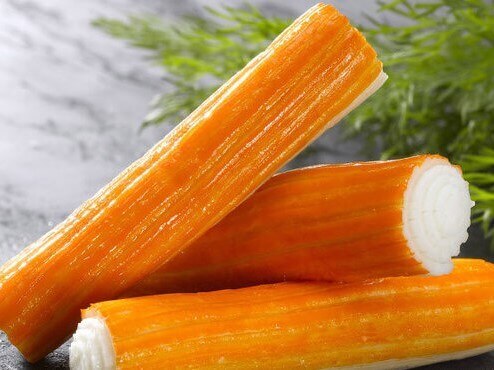 It seems kanikama was invented in Japan. In the early 1970s, Sugiyo, a fish paste manufacturer, in a failed attempt to develop artificial jellyfish, ended up with a product that had a texture exactly like crab and shifted development to that instead.
It seems kanikama was invented in Japan. In the early 1970s, Sugiyo, a fish paste manufacturer, in a failed attempt to develop artificial jellyfish, ended up with a product that had a texture exactly like crab and shifted development to that instead.